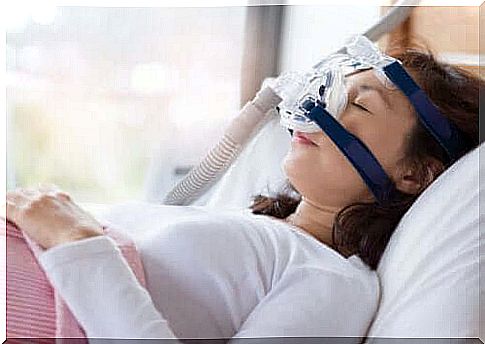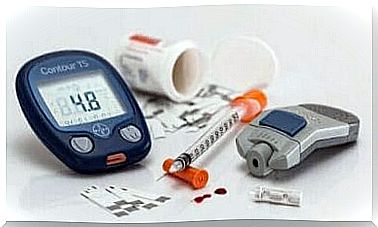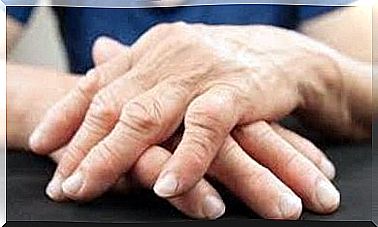When To Use Artificial Respiration For Burns?

Artificial respiration is a treatment option for patients who have suffered severe inhalation injuries from burns. Inhalation injuries are common in burn victims. This means that you have burns in your airways.
Typically, inhalation injury occurs due to trauma associated with burns, carbon monoxide, and cyanide poisoning. Ultimately, it results from inhaling very hot gas or smoke, usually during a fire.
On average, 2% of burn patients have inhalation injuries. The greater the body surface area burned, the greater the risk of inhalation injury.
If a patient has severe burns, inhalation injury is often a determinant of life or death. Unfortunately, about half of burn deaths result from inhalation injuries.
The damage to the airways and lungs depends, among other things, on the:
- components of the inhaled smoke
- degree of exposure
- reaction of the human body
Respiratory Trauma

In general, trauma from heat and toxic gases tends to cause upper airway injury and obstruction. The younger the patient, the more severe the symptoms usually are. Also , the symptoms usually occur in the first 12-18 hours, although it can also last up to 72 hours.
Respiratory injury is the leading cause of instant death in burn victims. However, there are different types of burns. We’ll go into that in more detail below.
Thermal Injury
This is usually an injury due to high temperatures and is limited to the oropharynx. This is due to the reflex closure of the glottis and the high ability of these tissues to dissipate heat.
Inhalation injury from combustion products
In this case, water-soluble gases react with the moisture of the mucous membranes. This releases strong acids and causes problems such as:
- respiratory alkalosis
- edema
- bronchospasm
Also, less soluble gases can reach the furthest points of the airways and cause trauma there. Usually the main toxic combustion product is carbon monoxide. However, another toxic gas of clinical relevance is hydrogen cyanide.
Endogenous Lung Damage
Patients with extensive burns may develop progressive respiratory problems after the first stage. This can occur even if they have not suffered direct damage to the airways from inhalation.
Diagnosis
Most importantly, the diagnosis of inhalation injury is primarily clinical. In general, doctors should suspect this if the patient has been unconscious in an enclosed space where there has been a fire or hot gas leak.
On physical examination, warning signs of inhalation injury include:
- burnt nose hair
- dark sputum
- burns on the face and in the nostrils
- cough
- hoarseness
- wheezing
It is also important to examine the oropharynx to assess mucosal changes. Additional diagnostic methods can help assess lung and general physical damage. However, none of these methods is specific enough, nor does it allow for a diagnosis.
Artificial ventilation

Usually the symptoms of lung injury manifest themselves after several hours. For this reason, it is very important that if a victim is suspected of having lung trauma, doctors should immediately consider whether artificial respiration is necessary.
However, there is no specific treatment for patients with inhalation injuries from critical burns. The therapeutic approach is based on maintaining airflow through intubation and artificial respiration.
In severe cases, medical specialists will clean the patient’s lungs and administer antibiotics if there is an infection.
Intubation and Artificial Respiration
In general, intubation is required in up to 50% of patients with inhalation injury. So it is clear that severe cases require early intubation with a large caliber tube to:
- keep the airways open.
- to prevent choking.
- to allow the removal of secretions and mucous deposits.
- to support breathing.
However, if intubation is not performed on time in patients with severe airway edema, this may no longer be possible. In this case, a tracheotomy is the last resort.
Artificial respiration should aim to maintain oxygen supply and remove waste products through respiration. This helps to avoid problems.
The type of ventilator doctors use depends on the degree of lung damage. The different types include:
- conventional ventilation with permissive hypercapnia
- nitric oxide inhalation
- high-frequency ventilation
- extracorporeal membrane oxygenation
Other treatments
Unfortunately, the preventive administration of corticoids and antibiotics have not been shown to be helpful. In addition, some studies link corticoids with an increased risk of lung infection and death.
On the other hand, the presence of inhalation injury in critically ill patients increases the need for fluids. It is therefore necessary that the medical personnel keep a close eye on the patient.









